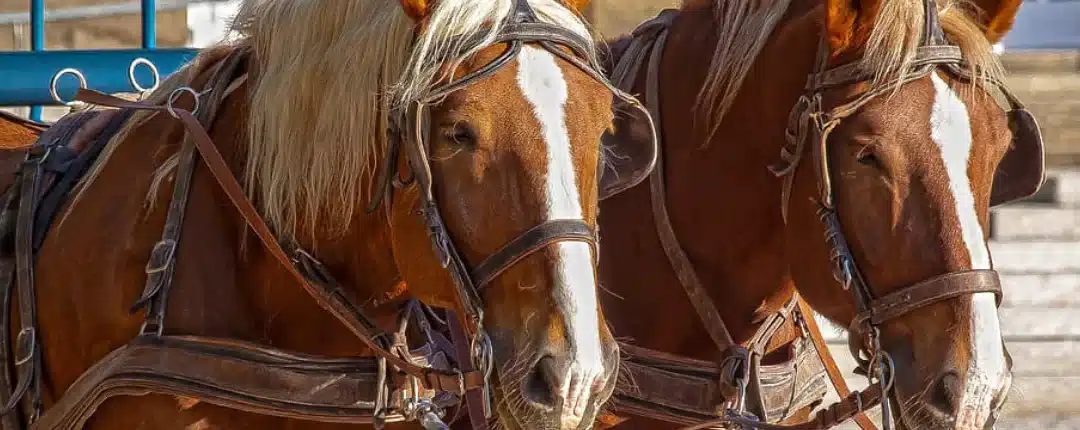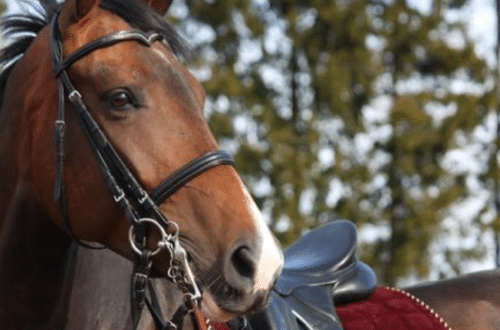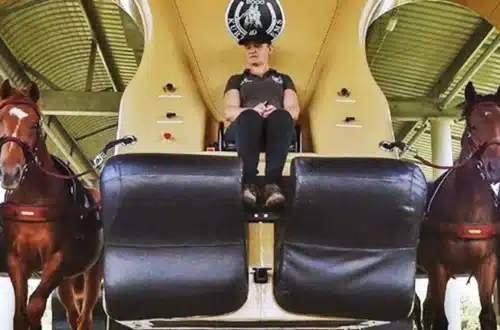The concept of breaking a horse dates back centuries and refers to taming a wild horse to allow a human to ride it. While the terminology sounds harsh, breaking a horse means training it to accept a saddle, bridle and rider. The goal is establishing communication and trust between the horse and the handler. Breaking begins by introducing essential equipment like halters, then gradually exposing the horse to increased stimuli. Positive reinforcement builds the horse’s confidence and willingness to be handled.
Eventually, the horse allows a rider on its back. While the methods have evolved gentler, the overall goal remains the same – taking a horse’s natural independence and moulding its behaviour to cooperate with humans. When done correctly, this results in a safe mount ready for riding.
The Origin of the What Does Break A Horse Mean

We must first explore its historical roots to understand what breaking a horse means. The term dates back to the early days of horse training, where the process was often more rugged and less nuanced than contemporary methods. Horses were “broken in” to make them obedient, a practice that has evolved significantly over time.
Decoding the Meaning
Contrary to its literal interpretation, breaking a horse doesn’t involve causing harm or damage. Instead, it refers to training a horse to accept a rider, respond to commands, and become a reliable companion. This crucial training phase sets the foundation for a positive human-equine relationship.
The Importance of Gentle Techniques
In the modern equestrian world, emphasis is placed on humane and gentle methods to train horses. The goal is to build trust and cooperation rather than instilling fear. Trainers today use positive reinforcement, consistent communication, and understanding of the horse’s instincts to achieve a harmonious partnership.
Critical Components of Horse Training
The cornerstone of breaking a horse is establishing trust. Horses, by nature, are prey animals, and trust is earned over time. Patience, kindness, and a deep understanding of the horse’s behaviour contribute to developing a strong bond.
Basic Groundwork
Before introducing a rider, groundwork is essential. This includes teaching the horse to respond to cues, walk, trot, and canter on command, and stand quietly for grooming and saddling.
Introduction to Tack
Gradually introducing the horse to tack is a crucial step. Saddles, bridles, and other equipment can intimidate a horse, and a slow and gentle introduction helps them acclimate without stress.
Desensitization
Exposing the horse to various stimuli, such as sounds, objects, and environments, helps desensitise them. This minimises the likelihood of spooking or reacting negatively in unfamiliar situations.
Progressive Riding
Once the groundwork is mastered, the transition to riding begins. Starting with short sessions and gradually increasing complexity ensures a smooth and positive experience for the horse.
Common Misconceptions
What breaks a horse means also involves dispelling common misconceptions. It’s not about dominance or force but about effective communication and building a partnership based on mutual respect.
The Evolution of Horse Training
As society’s understanding of animal behaviour has deepened, so has the approach to horse training. The shift towards positive reinforcement and empathy has transformed breaking a horse into a cooperative and mutually beneficial process.
The Role of Professional Trainers
While some horse owners choose to train their horses themselves, many turn to professional trainers with expertise in equine behaviour. These professionals employ scientifically backed methods to ensure a horse’s well-being and the development of a positive rider-horse relationship.
Conclusion
What Does Break a Horse Mean encapsulates the centuries-old practice of training horses to accept riders and equipment. Despite its historical ruggedness, modern methods prioritise gentleness and positive reinforcement, emphasising trust and cooperation. Breaking a horse, when done correctly, transforms a once-wild creature into a safe and willing partner, showcasing the evolution of this age-old equestrian process.






